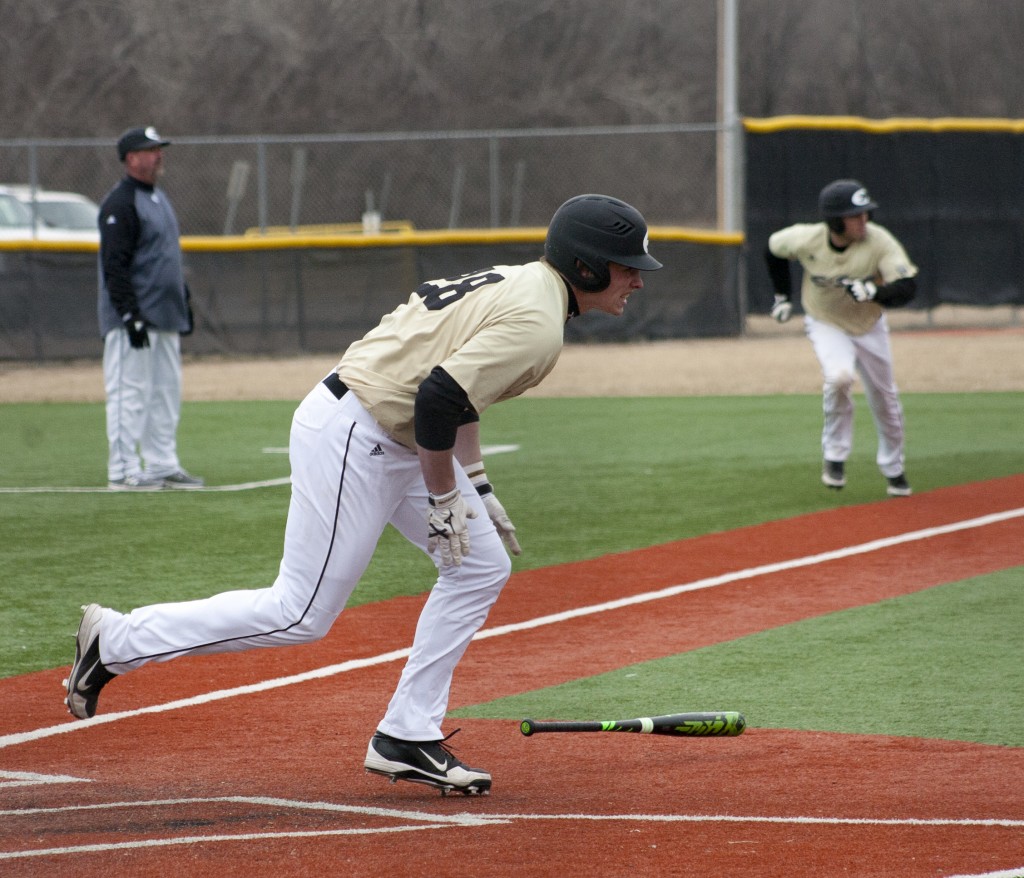The 1st and 3rd dilemma
May 3, 2013 by Coach McCreary
Filed under Base Running, Coaching
A couple weeks ago the Philadelphia Phillies had a common situation occur in three straight games that resulted in a negative outcome. With no outs, there were runners on 1st and 3rd. In all three cases, a ground ball was hit, the runner on 3rd took off towards home, and was out by a mile. One runner even just gave up and didn’t bother to slide at home.
It raised a question in the media and among fans. In that situation, should the runner take off on contact or stay at 3rd base? Phillies manager Charlie Manuel, when asked after the game, said sending the runner on contact in that situation is basically a no brainer. He’d do it every time. And I would agree if you are talking about the major league level. However, that doesn’t mean I agree with everything that happened on those plays. More on that later.
At the major league level, a ground ball to the infield with a runner on 1st is likely to be a double play. If the runner stays at 3rd, the defense now has two outs with a runner at third. Advantage defense. If the runner takes off towards home on contact, the fielder has to make a choice. Do I try to turn a double play and allow the run to score or do I cut the runner down at home plate and only get one out. This thought process in one of the reasons for running on contact. More thinking needed on the part of the infielder usually means more chance of error. Either get one out or a run scores. Advantage offense.
However, like I alluded earlier, I wasn’t all that thrilled with the Phillies’ runners on the contact plays seen during those three games. Running on contact is fine but getting tagged out by a mile is not.
(Note: One runner waited for the throw to go to 2nd before taking off towards home. The second baseman got the force at 2nd and then threw to home to nail the runner easily. The runner should not have hesitated. Either stay or go. Don’t get caught in between.)
On contact, runners should be taught to run with their eyes on the ball to see how the play develops. If they see that they have a good chance to score, they continue full speed towards home. If they see that they are likely to be a dead out, they should stop and get into the longest rundown possible. The rundown can possibly allow the other two runners to move up to 2nd and 3rd. If so, now there is one out and runners on 2nd and 3rd. Big advantage offense.
When I coached, I called this decision making process by the runner “45 and Decide.” For a more extensive explanation of the Contact Play and 45 and Decide, click HERE.
When a team is at the younger levels, the decision to run on contact is not so clear cut. As the levels get younger, turning a double play becomes much less likely. In this case, the runner may be told to run on balls hit towards the middle of the field (more likely to be a double play and a longer throw to home) and to stay on balls hit to the corners (tougher to turn two and a short throw to home).
The point is, before a coach decides what his Contact Play philosophy is going to be, he needs to weigh the risks and rewards found at the level in which he is coaching.






Leave a Reply